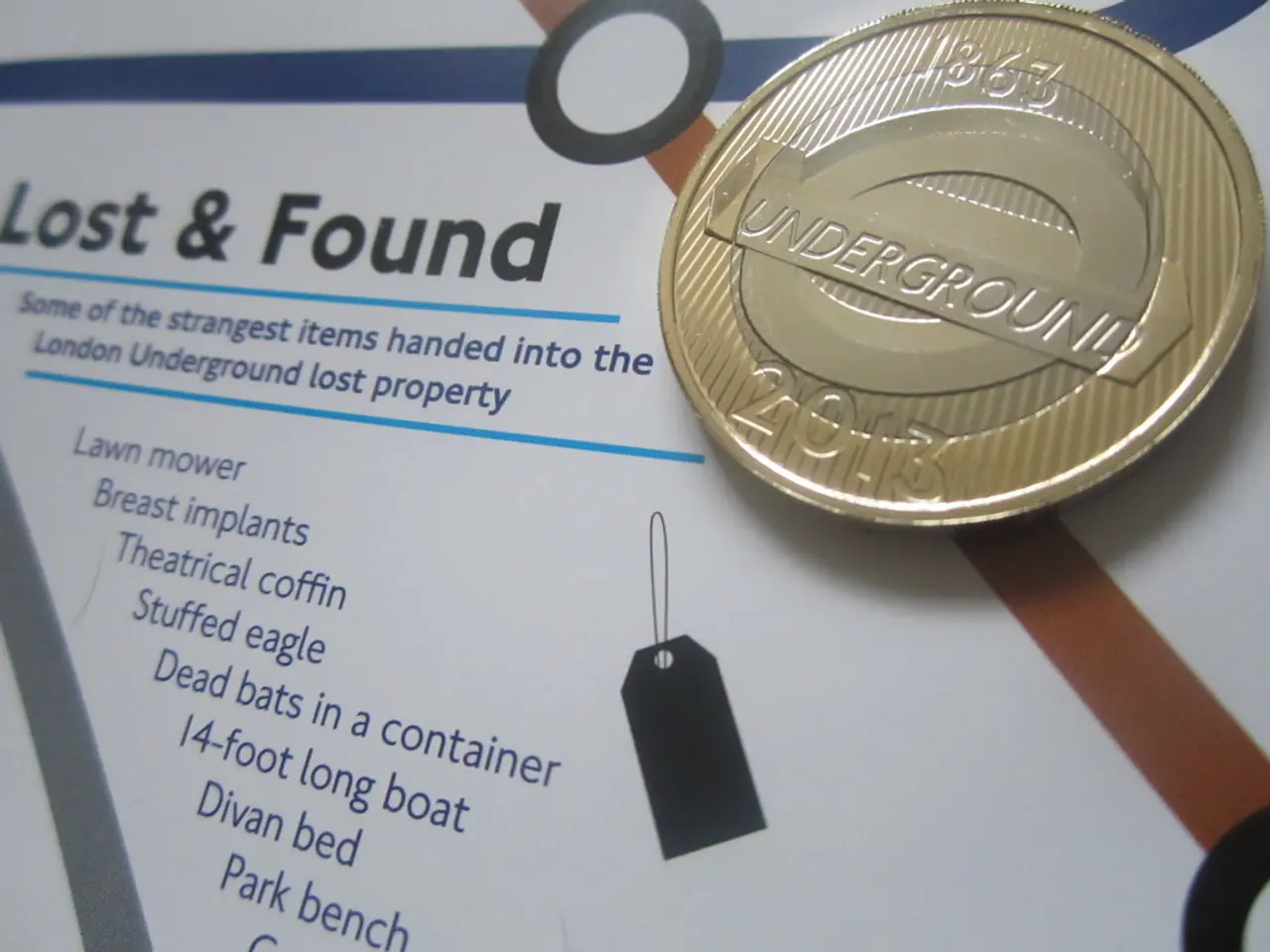Seventy entities sign up for the ECB's digital euro innovation network
The European Central Bank (ECB) is on the brink of launching a digital euro, a retail central bank digital currency (CBDC), by the end of 2025. This digital currency is designed to complement physical cash rather than replace it, as the ECB aims to adapt the euro to the digital age.
The decision to launch the digital euro is contingent on several factors:
- Ongoing strong demand for physical cash: Despite increasing digitalization, cash remains widely used and trusted in Europe. The ECB emphasizes that the digital euro will coexist with cash, preserving its availability and acceptance.
- Technological and user experience design: The ECB is focusing on creating a user-friendly digital euro, including advanced features such as offline usage, conditional payments, and interoperability across the euro area.
- Legislative and regulatory environment: The ECB is actively involved in stakeholder engagement, including market participants, merchants, consumers, and vulnerable groups, to ensure broad alignment and trust. The final decision to launch depends on new legislation that supports the digital euro and its acceptance alongside physical cash.
- Strategic competition and innovation: The ECB aims to streamline fragmented retail and small business payment systems using modern technologies like distributed ledger technology (DLT). This could prevent unregulated private currencies from dominating the market.
- Comparative international context: The ECB is progressing faster than some other central banks, notably the US Federal Reserve, which remains more cautious due to privacy, financial stability, and legislative concerns. Europe’s approach reflects greater willingness to have public institutions lead CBDC development.
The ECB has launched an innovation platform for the digital euro, providing a simulated digital euro platform for participants to integrate with. Seventy organizations, including startups, merchants, fintechs, banks, and other payment service providers, have signed up to participate.
Two workstreams have been established: the Pioneers, who will focus on conditional payments, and the Visionaries, who will explore other potential use cases with societal impact, such as financial inclusion. Only four of the participants are banks, one each from Austria, Cyprus, Germany, and Spain, with Spain’s CaixaBank being the largest.
The ECB views the digital euro as necessary to protect monetary sovereignty due to the dominance of foreign providers like Visa and Mastercard in the payments landscape. The potential impact on citizens is a key consideration in the digital euro debate.
The two-year preparation phase for the digital euro ends in October 2025, and the ECB is expected to deliver a larger report at the end of the preparation phase. The actual decision on whether to launch a digital euro is likely in the hands of parliamentarians, with the passage of enabling legislation for the digital euro being crucial.
The ECB has used the expansion plans for dollar stablecoins by the United States as a lightning rod to garner legislative support for the digital euro. Two other entities, Italy's ABI Lab and Spain's Iberpay, have historically worked on DLT and digital euro projects in collaboration with many of their nation's banks.
The decision on the launch of the digital euro is expected in late 2025, subject to the passage of legislation. The ECB's preparations for the digital euro reflect a balanced approach towards technological innovation, legal groundwork, and public trust, while maintaining the coexistence of physical cash and digital currency.
- The European Central Bank (ECB) is actively seeking broad alignment and trust with various market participants, merchants, consumers, and vulnerable groups, as they want to ensure the legislative and regulatory environment is conducive for the successful launch of the digital euro.
- The ECB is involved in multiple projects, including partnering with Italy's ABI Lab and Spain's Iberpay, which have historical experience in developing DLT and digital euro use cases, as they strive to streamline retail and small business payment systems with current technology.
- The ECB is utilizing technology like tokenization in the development of the digital euro, focusing on creating a user-friendly currency with advanced features such as offline usage, conditional payments, and interoperability across the euro area.
- The decision on whether to officially launch the digital euro will depend on the passage of enabling legislation by parliamentarians, as their approval is critical for the integration of the digital euro into the existing financial and business landscape.




